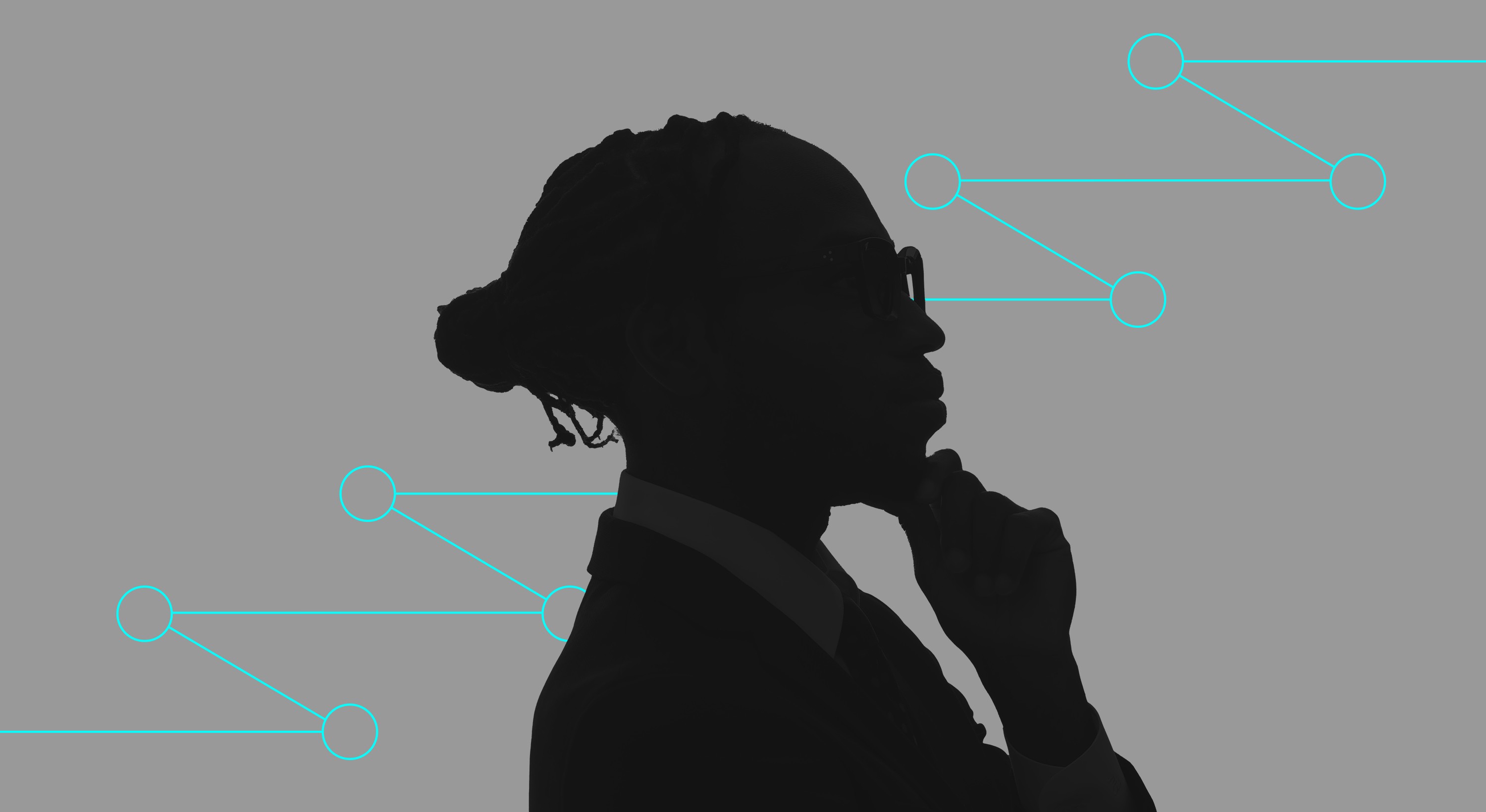1.
The philosophy of work seems to be undergoing significant changes, influenced by shifts in societal values, technological advancements, and global events. Increasingly, work is becoming more than just a means to an end; it’s a reflection of personal values and identity. How do you see the very concept of work evolving in the future, in the context of employer branding? What strategies can companies adopt to ensure their employer brand remains relevant and appealing as these deeper shifts take place?
When I talk about the evolution of work and the trends shaping work culture, I often draw a parallel with Maslow’s Hierarchy of Needs. As we move beyond fulfilling basic needs like security and financial stability, there’s an increasing drive toward self-actualization – seeking purpose, meaning, and alignment with personal values. While many say that the shift toward purpose-driven work peaked during the optimistic tech boom of 2021-2022 and it slowed as economic realities shifted, when we zoom out, the trajectory still points upward, with more employees seeking meaningful work over “just a job.”
It’s important not to overgeneralize. There are clear discrepancies across geographies and social layers, with different regions and groups prioritizing different aspects of work. However, in our increasingly homogenous global society, we can observe macro trends pointing toward a rather universal demand for meaningful work.
The cultural element also plays a crucial role in shaping these trends. In many parts of the world, the traditional concept of a “job for life” is disappearing, as the World Economic Forum highlights in its Future of Work reports. This change requires both employees and employers to embrace adaptability – whether it’s in skills, expectations, or work environments.
Employer branding efforts should authentically reflect the company’s work culture while being tailored to the evolving needs and expectations of the talent market. To stay competitive in a rapidly changing work landscape, these efforts must clearly articulate the organization’s value proposition for employees. For example, highlighting flexible work arrangements such as remote or “work from anywhere” options or flexible hours can appeal to professionals seeking a better work-life balance. Promoting continuous learning opportunities through tailored learning paths, professional development or mentorship programs demonstrates a commitment to employee growth. Showcasing how employees can engage in meaningful work – through corporate social responsibility initiatives, innovation projects, or community outreach—can attract individuals motivated by purpose. By emphasizing these aspects, organizations can create a compelling and relevant employer brand that resonates with today’s talent.
2.
The pandemic has profoundly changed our relationship with the office. For a while, all we heard was “Remote work is here to stay,” followed by reports on the benefits of working from home. While remote work has indeed proven its viability and offered unprecedented flexibility, there’s a growing conversation about the potential return to office life for the sake of human connection and community: people will need a sense of belonging more than ever in the coming years, and coming into the office can help with that. How do you see companies balancing these dynamics within their employer branding strategies? Do you foresee a hybrid model becoming the standard, and how can brands ensure they cultivate a strong, cohesive culture regardless of where their employees are based? What will be the implication for building a workforce culture and shared values by 2035?
It’s clear that hybrid and remote work models offer companies the opportunity to access a larger, more diverse talent pool, which is crucial for fostering innovation. Offering flexible work arrangements enables location-agnostic hiring, subsequently expanding the talent pool and welcoming diverse perspectives and experiences. This diversity can drive creativity and lead to more effective problem-solving within organizations.
However, in the past two years, we have seen a push for a return to office policies, often driven by the need to justify the significant investments already made in real estate and by a certain inflexibility prevalent in older management styles. According to recent statistics, the average age of CEOs in the tech industry is 57 in the U.S. and 54 in the UK, reflecting a leadership demographic that may be less inclined to fully embrace the remote work revolution.
Looking to the future, the integration of virtual reality, spatial computing, and enhanced reality will be transformative. These technologies are no longer the stuff of science fiction but are instead tangible promises from leading tech companies, who are rapidly introducing innovative workplace solutions. These advancements will enable businesses to craft immersive virtual environments that capture the collaborative spirit of a physical office while providing the flexibility of remote work. Picture virtual meeting rooms where employees from across the globe can interact as if they were in the same space, or spatial computing tools that facilitate real-time collaboration on intricate projects.
While these advancements could enable businesses to create immersive virtual environments that mimic the collaborative energy of a physical office while maintaining the flexibility of remote work, the extent of their impact remains uncertain. Potential challenges and negative consequences, such as the effectiveness of virtual collaboration tools or their influence on organizational culture, are still to be fully understood.

